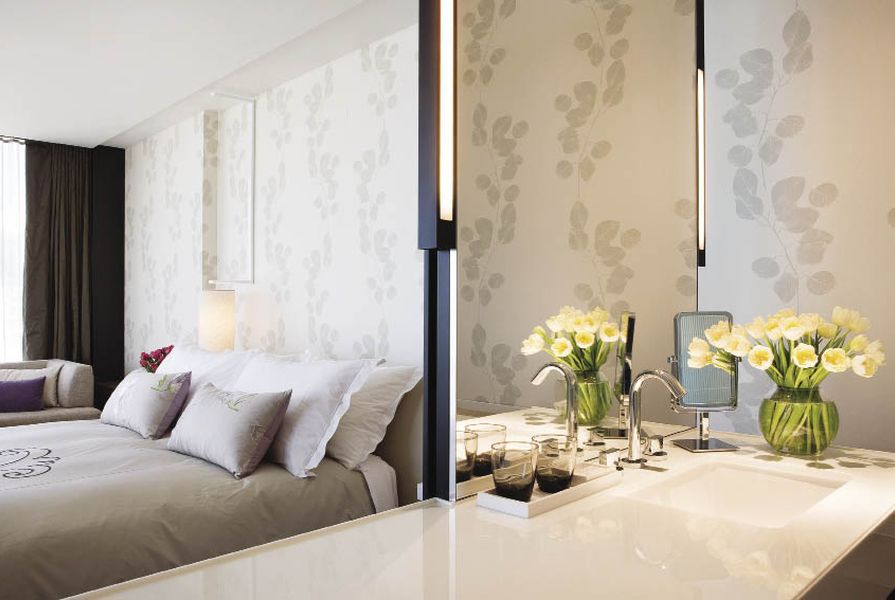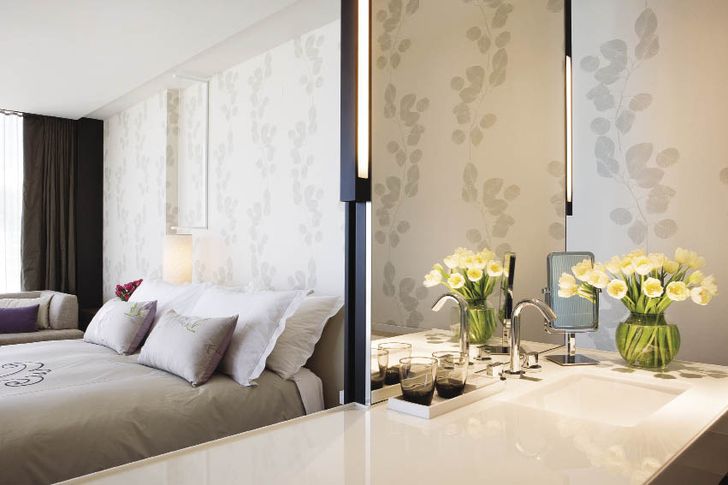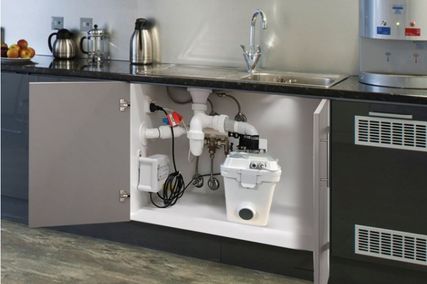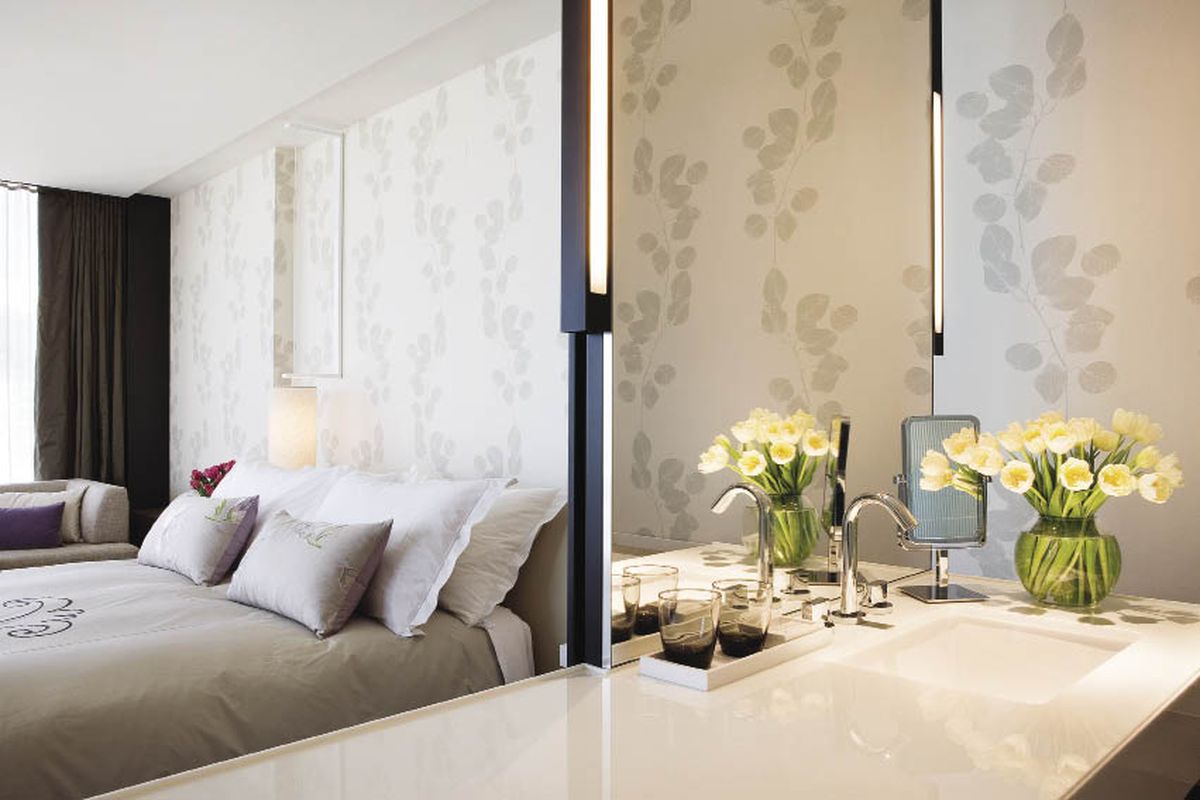Seeing hotel spaces from the eyes of hotel guests can offer illuminating perspectives on hotel design that influences guests’ emotions. I recently conducted research to understand female business travellers’ hotel stay emotions and explore design opportunities that enhance hotel stay experiences. In one part of the research, female business travellers were asked to take photos of objects, places and events in hotels that triggered their emotions during stays, offering insights on the ways guests perceive hotel spaces.
Female business travellers pay close attention to subtle details in hotel environments. The most important triggers of pleasant emotions are guestroom facilities, bathroom facilities, decoration, interior layout, gifts and furniture. They expect to be cared for, to have fun exploring sensations and to enjoy restorative experiences.
Hotel guests take cues from hotel environments to judge whether hotels care about their guests. In pleasant experiences, hotels are interpreted as “caring spaces” in which physical elements become the manifestations of the hotel’s caring service spirit. Female business travellers feel well cared for when a hotel’s design shows anticipation of guests’ needs, offers good-quality choices and communicates goodwill.
For example, Sophia was impressed by the fine workmanship and materials of the furniture in her room, expressing the designers’ effort in ensuring guest comfort.
Lorna was pleased with the user-friendly set-up of the desk in the hotel room. The ergonomic details were well considered, including adequate lighting with adjustable angle, large desktop space, conveniently placed electricity sockets, easy connection to the Internet and a handy telephone. In other cases, details as small as bedside accessory containers, cotton pads and wall-mounted hooks for hanging clothes were appreciated.
From the perspective of the guest, the quality and user-friendliness of hotel amenities are indicators of the hotel’s “sincerity.” Detail-oriented design transforms the hotel into a caring space.
During business trips, female business travellers like to feel they are in a different locale, explore local specialties and experience new or unusual sensations in “explorative spaces.” Pleasant emotions in hotel stays are triggered when the design satisfies this need for exploration.
When travelling to Japan for business, Natalie was delighted to stay at a traditional-style hotel. The guestroom was an explorative space that offered an authentic taste of Japanese culture as she dressed in yukata, sat on the tatami floor, appreciated zen-style decorations and tasted local tea and snacks. The cultural ambience was cohesively expressed through all interior design elements.
Views from the hotel room’s window are also an important explorative element that triggers pleasant emotions. Hotel guests enjoy watching what is going on outside and getting a sense of the place’s character. One female business traveller remarked, “The view from the window means discovery.”
The most basic purpose of the hotel is for guests to relax. Good design of “restorative spaces” in hotels contributes greatly to enjoyable hotel stays.
Bathrooms are a refuge, providing restorative spaces, while fresh flowers in the room result in positive emotions.
Image: Shannon McGrath
Female business travellers regard the bathroom in a hotel room as a refuge to cleanse, revitalize and start a day. They care significantly about bathrooms, from hygiene to spatial arrangement and practical details. They are pleased when there is sufficient light for make-up, storage near the basin for skincare products, shelves for storing clothes and toiletries to try out.
The design of an in-room relaxation corner also makes a difference. Female business travellers often took photos of the corner of the room with an arm-chair, foot rest and a coffee table. The corner represents the enjoyable time after a busy day – be it sipping a cup of tea, reading a magazine or simply dozing off while watching TV.
Decorative elements that convey warmth and a sense of nature often evoke pleasant emotions by enhancing restorative experiences, such as fresh flowers, stylish lamps and warm colours.
Female hotel guests notice the positive impacts of hotel design in what I have termed caring spaces, explorative spaces and restorative spaces. By designing hotel rooms according to these three areas, designers and hoteliers can tap into positive emotions in a way that is meaningful and will keep guests coming back for more.
This research was conducted as part of Kathy Lo’s doctoral research, under the supervision of Professor Lorraine Justice in the School of Design, the Hong Kong Polytechnic University. This article pinpoints the main implications relevant to the design of hotel interiors and amenities. Full details of the research procedures and complete results are available in a doctoral thesis titled Emotional design for hotel stay experiences: Research on guest emotions and design opportunities.
Source
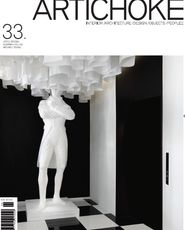
Discussion
Published online: 1 Dec 2010
Words:
Kathy Lo
Images:
Shannon McGrath
Issue
Artichoke, December 2010

